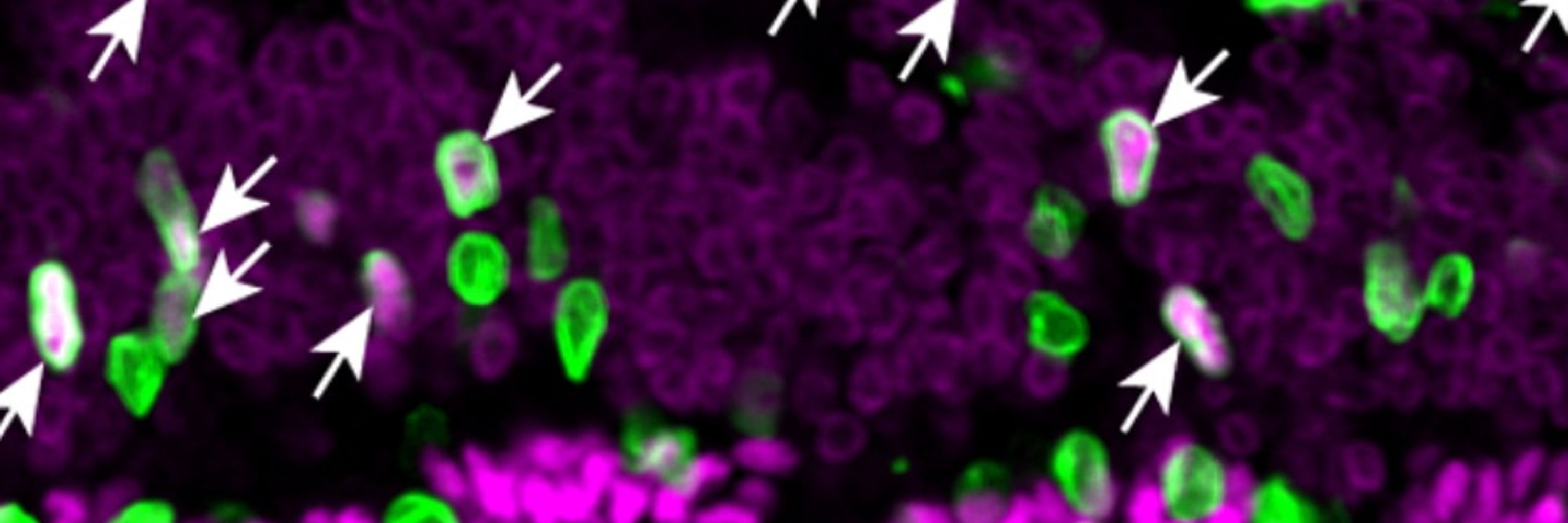Seth Blackshaw
@sethblackshaw.bsky.social
3.3K followers
800 following
290 posts
Professor of Neuroscience. Studying neural development, regeneration, and control of innate behaviors at Johns Hopkins.
@sethblackshaw at Twitter.
Posts
Media
Videos
Starter Packs
Reposted by Seth Blackshaw










